ASPSCR1 (arrow) was detected using the purified antibody ASPSCR1 Antibody flow cytometry of HeLa cells (right histogram) compared to a negative control cell (left histogram) FITCconjugated goatantirabbit secondary antibodies were used for the analysis ASPSCR1 (ASPSCR1 Tether For SLC2, UBX Domain Containing) is a Protein Coding gene Diseases associated with ASPSCR1 include Alveolar Soft Part Sarcoma and Renal Cell Carcinoma, Xp11AssociatedAmong its related pathways are Vesiclemediated transport and Translocation of GLUT4 to the plasma membraneAn important paralog of this gene is UBXN6Contains an UBX domain, which

Anti Aspscr1 Antibody Rabbit Anti Human Mouse Tug Polyclonal Antibody Np 1
Aspscr1 protein
Aspscr1 protein-Symbol Description Category GIFtS GC id Score;31 ASPSCR1 Silencer Select Predesigned, Validated, and Custom siRNA in Standard, HPLC, and Invivo Ready Purities




Modeling Alveolar Soft Part Sarcoma Unveils Novel Mechanisms Of Metastasis Cancer Research
Aspscr1 2 Annotation score Annotation score1 out of 5 The annotation score provides a heuristic measure of the annotation content of a UniProtKB entry or proteome This score cannot be used as a measure of the accuracy of the annotation as we cannot define the 'correct annotation' for any given proteinThe RNAsequencing results generated in the HPA are reported as normalized NX values In the Human Protein Atlas a NX value of 10 is defined as a threshhold for expression of the corresponding protein The cell lines are divided into colorcoded groups according to their origin in the human bodyIt sequesters GLUT4containing vesicles in the cytoplasm in absence of insulin
3 ASPSCR1 TEXT A number sign (#) is used with this entry because some cases of alveolar soft part sarcoma have been found to be caused by fusion of the ASPSCR1 () and TF () genes Description Alveolar soft part sarcoma is an unusual tumor with highly characteristic histopathology and ultrastructureAspscr1 ID ZDBGENE Name ASPSCR1 tether for SLC2, UBX domain containing Symbol aspscr1 Nomenclature History Previous Names zgc;1 ASPSCR1 ASPSCR1 Tether For SLC2, UBX Domain Containing Protein Coding 40 GC17P 47 2 TF Transcription Factor Binding To IGHM Enhancer 3
Functional Associations ASPSCR1 has 4,6 functional associations with biological entities spanning 8 categories (molecular profile, organism, chemical, functional term, phrase or reference, disease, phenotype or trait, structural feature, cell line, cell type or tissue, gene, protein or microRNA) extracted from 77 datasets ASPSCR1 470 Annotation score Annotation score1 out of 5 The annotation score provides a heuristic measure of the annotation content of a UniProtKB entry or proteome This score cannot be used as a measure of the accuracy of the annotation as we cannot define the 'correct annotation' for any given protein ASPSCR1 (ASPSCR1 Tether For SLC2, UBX Domain Containing) is a Protein Coding gene Diseases associated with ASPSCR1 include Alveolar Soft Part Sarcoma and Renal Cell Carcinoma, Xp11AssociatedAmong its related pathways are Vesiclemediated transport and Translocation of GLUT4 to the plasma membraneVCP ASPSCR1 Affinity CaptureLuminescence
-HD13FE2034-1000-human-liver-IHC-P.png)



Anti Aspscr1 Antibody Rabbit Polyclonal 6215 T46 Sino Biological




Anti Aspscr1 Antibody Hpa Atlas Antibodies
OncoKB is a precision oncology knowledge base developed at Memorial Sloan Kettering Cancer Center that contains biological and clinical information about genomic alterations in cancerASPSCR1 A gene on chromosome 17q253 that encodes a ubiquitous tethering protein highly expressed in the testes, heart, skeletal muscle and pancreas; ASPL is a cofactor of the hexameric ATPase complex, known as p97 The central area in ASPL, containing both a SHP box and a UBX domain, is required for binding to the p97 Ndomain Results support a gainoffunction role for ASPSCR1TF contributing to proliferation and survival of cancer cells Promotes methylation of VCP by METTL21D



Kidney Renal Cell Carcinoma With T X 17 P11 Q25 Aspscr1 Tfe3




Anti Aspscr1 Antibody Rabbit Aspscr1 Polyclonal Antibody Q9bze9 1
AntiASPSCR1 Antibody (A0516) TUG (ASPSCR1) Human Recombinant Protein (PROTQ9BZE9) AntiCD34 (Cterm) Rabbit Monoclonal Antibody, Clone#RM300 (M0052) View all ASPSCR1 products Compatible Secondaries For Host Mouse ECL Detection Kit, Including HRPConjugated Goat AntiMouse IgG Antibody (EK1001)AntiASPSCR1 antibody (Alveolar Soft Part Sarcoma Chromosome Region, Candidate 1) Primary Antibody ASPSCR1 Reactivity Human, Mouse, Rat IF, IHC, WB Host Rabbit Polyclonal unconjugated camera_alt 4Polyclonal Antibody to ASPSCR1 Figure 1 Western blot analysis of extracts from HL60 cells using ASPSCR1 Antibody 3516




Aspscr1 Protein Pan Troglodytes String Interaction Network



Aspscr1 Tfe3 Fusion Translocation Fish Probe Kit 10 Tests Diagnostic Technology
VCP ASPSCR1 Affinity CaptureLuminescence Affinity CaptureLuminescence An interaction is inferred when a bait protein, tagged with luciferase, is enzymatically detected in immunoprecipitates of the prey protein as light emission The prey protein is affinity captured from cell extracts by either polyclonal antibody or epitope tagTethering protein that sequesters GLUT4containing vesicles in the cytoplasm in the absence of insulin Modulates the amount of GLUT4 that is available at the cell surface (By similarity) Enhances VCP methylation catalyzed by VCPKMT The protein encoded by this gene contains a UBX domain and interacts with glucose transporter type 4 (GLUT4) This protein is a tether, which sequestersThe ASPSCR1TF Fusion/Translocation FISH Probe Kit is designed to detect rearrangements involving the human ASPSCR1 and TF genes located on chromosome bands 17q253 and Xp1123, respectively Fusion of ASPSCR1 – also known as TUG, ASPL, ASPS, RCC17, UBXD9, UBXN9 or ASPCR1 – with the TF gene – also known as TFEA, RCCP2, RCCX1 or
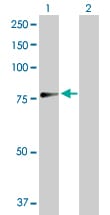



Aspscr1 Antibody H D01p



2
The reciprocal 5' TF 3' ASPSCR1 is most often absent ASPSCR1 is fused in frame to TF exon 3 or 4 Abnormal Protein NH2 term ASPSCR1, fused to the C term of TF Oncogenesis might combine the effect of a fusion protein to that of gene(s) dosage Entity primary renal ASPSCR1TF tumour DiseaseThis protein is a tether, which sequesters the GLUT4 in intracellular vesicles in muscle and fat cells in the absence of insulin, and redistributes the GLUT4 to the plasma membrane within minutes of insulin stimulation Translocation t (X;17) (p11;q25) of this gene with transcription factor TF gene results in a ASPSCR1TF fusion protein in The ASPSCR1TF and ASPSCR1TFEB but not ASPSCR1TFEC and ASPSCR1MITF induced sarcoma The results suggest the presence of TF/TFEBspecific cofactors and mechanisms for tumorigenesis In order to identify such novel cofactors and functional motifs, human ASPS cellnuclear extract was incubated with TF or MITF proteins and TF or MITF



2




Enquirebio Recombinant Human Aspscr1 Protein 10mg Enquirebio Recombinant Human Aspscr1 Protein Fisher Scientific
Research Development Production We are a leading supplier to the global Life Science industry with solutions and services for research, biotechnology development and production, and pharmaceutical drug therapy development and productionSynonyms for ASPSCR1 in Free Thesaurus Antonyms for ASPSCR1 54 synonyms for tug pull, drag, pluck, jerk, yank, wrench, lug, drag, pull, haul, tow, lug, heave, drawASPSCR1 is altered in 011% of all cancers with alveolar soft part sarcoma, translocationassociated renal cell carcinoma, high grade ovarian serous adenocarcinoma, endometrial endometrioid adenocarcinoma, and unknown having the greatest prevalence of alterations




Differential Expression Of Cathepsin K In Neoplasms Harboring Tfe3 Gene Fusions Modern Pathology
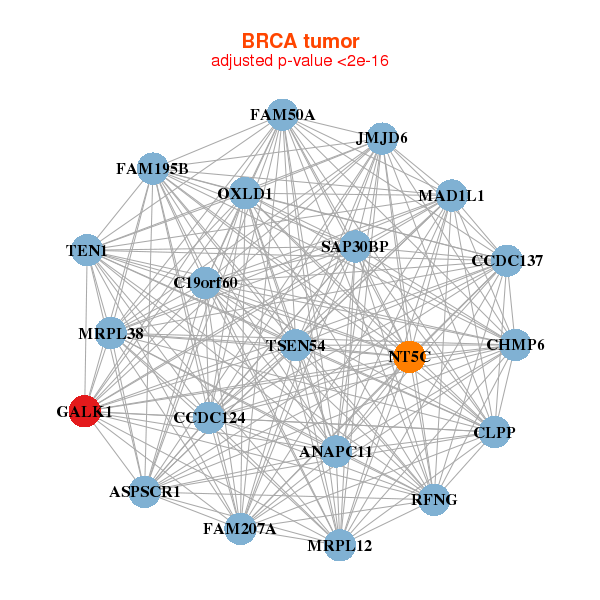



Cancer Cell Metabolism Database Bioinformatics And Systems Medicine Laboratory
Other interactions of ASPSCR1 The der (17)t (X;17) (p11;q25) of human alveolar soft part sarcoma fuses the TF transcription factor gene to ASPL, a novel gene at 17q25 8 The status of the TP53 alleles was followed at different stages by fluorescence in situ hybridization (FISH) and allelespecific PCR ( ASPCR) on total DNA, as well as flow Our objective was to identify the direct targets of ASPSCR1TF and how these targets confer resistance to doxorubicin The human cell lines ASPS1 and FUUR1, as well as mouse tumors driven by expression of ASPSCR1TF were subjected to nuclear fractionation and chromatin immunoprecipitation using antibodies against ASPSCR1 and RNAPol2ASPSCR1 synonyms, ASPSCR1 pronunciation, ASPSCR1 translation, English dictionary definition of ASPSCR1 v tugged , tug·ging , tugs v tr 1 To pull at vigorously or repeatedly tugged the bell rope See Synonyms at pull 2 To move by pulling with great
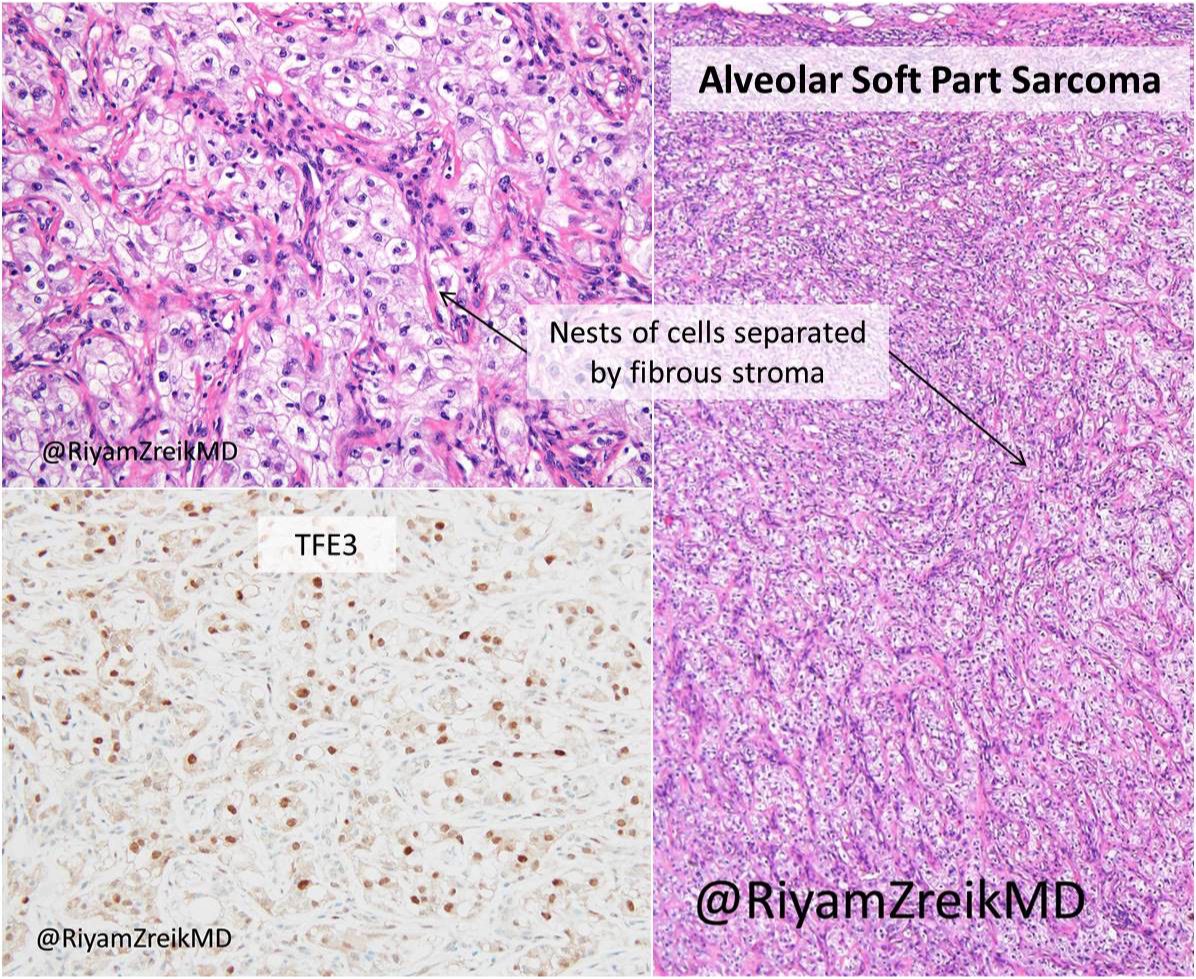



O Xrhsths Texas Soc Of Pathol Sto Twitter Alveolar Soft Part Sarcoma Is A Rare Tumor Of Deep Soft Tissue Characterized By Aspscr1 Tfe3 Fusion Aspscr1 Alveolar Soft Part Sarcoma Critical Region




Anti Aspscr1 Antibody Hpa Atlas Antibodies
Description Homo sapiens ASPSCR1 tether for SLC2, UBX domain containing (ASPSCR1), transcript variant 2, mRNA (from RefSeq NM_) RefSeq Summary (NM_) The protein encoded by this gene contains a UBX domain and interacts with glucose transporter type 4 (GLUT4) This protein is a tether, which sequesters the GLUT4 in intracellular vesicles in muscleAlso known as ASPL, UBXD9, TUG, UBXN9, ASPS; ASPSCR1 expression was also found in all cancer cell lines tested Independently, Heimann et al (01) identified the ASPSCR1 gene, which they called RCC17, partnered with TF in two 5yearold Belgian girls of African origin in whom papillary renal cell carcinomas () carried the translocation t(X;17)(p112;q25)




The T X 17 P11 25 Translocation A The Aspscr 1 Gene Is Located At Download Scientific Diagram



Plos Genetics A Newly Uncovered Group Of Distantly Related Lysine Methyltransferases Preferentially Interact With Molecular Chaperones To Regulate Their Activity
It sequesters GLUT4containing vesicles in the cytoplasm in absence of insulinFull name ASPSCR1 tether for SLC2, UBX domain containing;Aims Alveolar soft part sarcoma (ASPS) is a rare soft tissue tumour with unique morphology and a recurrent, nonreciprocal translocation der(17)t(X;17)(p112;q25) leading to the fusion of ASPSCR1 (also known as ASPL) to the transcription factor TF Although diagnosis is straightforward in classical cases, tumours with atypical morphological features may be difficult to classify solely on




Anti Aspscr1 Antibody Rabbit Anti Human Mouse Tug Polyclonal Antibody Np 1



1
ASPSCR1, also known as alveolar soft part sarcoma locus (ASPL) or TUG (tether, containing a UBX domain, for GLUT4) codes for a member of UBX – domain containing proteins The encoded protein consist of 553 amino acids and it is characterized with aCreative Biolabs can provide AntiASPSCR1 Aptamer Complement Function/Activity Test Complement function or activity test allows for the determination of whether the protein is present and whether it has normal functional activity A wide range of assays are now available in Creative Biolabs, such as Hemolysis assays (CH50 or AH50), ElisaASPSCR1 ASPCR1, ASPL, ASPS, RCC17, TUG, UBXD9, UBXN9 alveolar soft part sarcoma chromosome region, candidate 1 GO Process (1) GO Function (1) GO Component (3) Gene Ontology Biological Process membrane organization




Anti Aspscr1 Antibody Produced In Rabbit Affinity Isolated Antibody




Aspscr1 Protein Expression Summary The Human Protein Atlas
ASPSCR1 Human Recombinant produced in E coli is a single polypeptide chain containing 576 amino acids (1553) and having a molecular mass of 626kDa ASPSCR1 is fused to a 23 amino acid Histag at Nterminus & purified by proprietary chromatographic techniquesView mouse Aspscr1 Chr with phenotypes, sequences, polymorphisms, proteins, references, function, expressionASPSCR1 A gene on chromosome 17q253 that encodes a ubiquitous tethering protein highly expressed in the testes, heart, skeletal muscle and pancreas;



Aspscr1 Tfe3 Fusion Translocation Fish Probe Kit 10 Tests Diagnostic Technology



Xp11 Translocation Renal Cell Carcinoma
ASPSCR1 (Alveolar soft part sarcoma critical region 1) alveolar soft part sarcoma chromosome region, candidate 1 Starts at and ends at bp from pter ( according to GRCh38/hg38Dec_13) Mapping ASPSCR1png alternative splicing of 47 bp from exon 2 in the 5' untranslated region 476 amino acids;ASPSCR1 tether for SLC2, UBX domain containing Aliases TUG, ASPL, ASPS, RCC17, UBXD9, UBXN9, ASPCR1 Location 17q253 Summary The protein encoded by this gene contains a UBX domain and interacts with glucose transporter type 4 (GLUT4) This protein is a tether, which sequesters the GLUT4 in intracellular vesicles in muscleAspscr1 em1(IMPC)Tcp HOM Early adult 000 enlarged lymph nodes Aspscr1 em1(IMPC)Tcp HOM Early adult 000 decreased exploration in new environment Aspscr1 em1(IMPC)Tcp HOM Early adult 480×1006 abnormal cecum morphology Aspscr1 em1(IMPC)Tcp




Genomics Morphoproteomics And Treatment Patterns Of Patients With Alveolar Soft Part Sarcoma And Response To Multiple Experimental Therapies Molecular Cancer Therapeutics




Aspscr1 1 553 His Ar509pu S From Origene Technologies Biocompare Com
ASPSCR1 Explore an overview of ASPSCR1, with a histogram displaying coding mutations, full tabulated details of all associated variants, tissue distribution and any drug resistance dataTF Overexpression of TF is a sensitive and specific marker of Xp11 translocation in renal cell carcinomas TF is also expressed in alveolar soft part sarcoma the hallmark of which is a chromosomal rearrangement at 17q25 and Xp112 engendering an ASPSCR1–TF fusion gene Use of this antibody is an aid in the recognition of Xp11Oncogenic rearrangements of the TF transcription factor gene are found in two distinct human cancers These include ASPSCR1TF in all cases of alveolar soft part sarcoma (ASPS) and ASPSCR1TF, PRCCTF, SFPQTF and others in a subset of paediatric and adult RCCs Here we examined the functi
-HD13FE2034-1000-human-kidney-IHC-P.png)



Anti Aspscr1 Antibody Rabbit Polyclonal 6215 T46 Sino Biological



Aspscr1 Alveolar Soft Part Sarcoma Critical Region 1
ASPSCR1 (ASPL, ASPS, TUG, UBXD9, UBXN9) Tissue specificityi The RNA specificity category is based on mRNA expression levels in the analyzed samples based on a combination of data from HPA, GTEX and FANTOM5 The categories include tissue enriched, group enriched, tissue enhanced, low tissue specificity and not detectedSequence variants and/or copy number variants (deletions/duplications) within the ASPSCR1 gene will be detected with >99% sensitivity Variants classified as unknown significance (VUS), likely pathogenic, or pathogenic will be reported Benign and li




Alveolar Soft Part Sarcomas Molecular Pathogenesis And Implications For Novel Targeted Therapies




Alveolar Soft Part Sarcomas Molecular Pathogenesis And Implications For Novel Targeted Therapies




Signaling Schematic For Asps Tumors And Novel Therapeutic Targets A Download Scientific Diagram




Tether Containing Ubx Domain For Glut4 Tug Aspscr1 Antibody Abbexa Ltd




Rt Pcr Findings Identification Of The Aspscr1 Aspl Tfe3 Fusion Download Scientific Diagram




Alveolar Soft Part Sarcomas Molecular Pathogenesis And Implications For Novel Targeted Therapies




Combining Integrated Genomics And Functional Genomics To Dissect The Biology Of A Cancer Associated Aberrant Transcription Factor The Aspscr1 Tfe3 Fusion Oncoprotein Kobos 13 The Journal Of Pathology Wiley Online Library




Aspscr1 Ubx Domain Containing Tether For Slc2a4 Proteins Biocompare




Anti Aspscr1 Antibody Rabbit Anti Human Mouse Tug Polyclonal Antibody Np 1



Kidney Renal Cell Carcinoma With T X 17 P11 Q25 Aspscr1 Tfe3
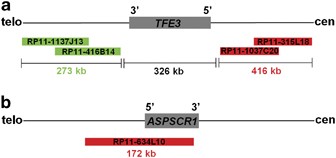



Molecular Cytogenetic Analysis For Tfe3 Rearrangement In Xp11 2 Renal Cell Carcinoma And Alveolar Soft Part Sarcoma Validation And Clinical Experience With 75 Cases Modern Pathology



Aspscr1 Aspscr1 Tether For Slc2a4 Ubx Domain Containing Gene Report Biogps



1




Aspscr1 Recombinant Protein Abnova 25mg Aspscr1 Recombinant Protein Abnova Fisher Scientific




Aspscr1 Antibody N Term 102 130
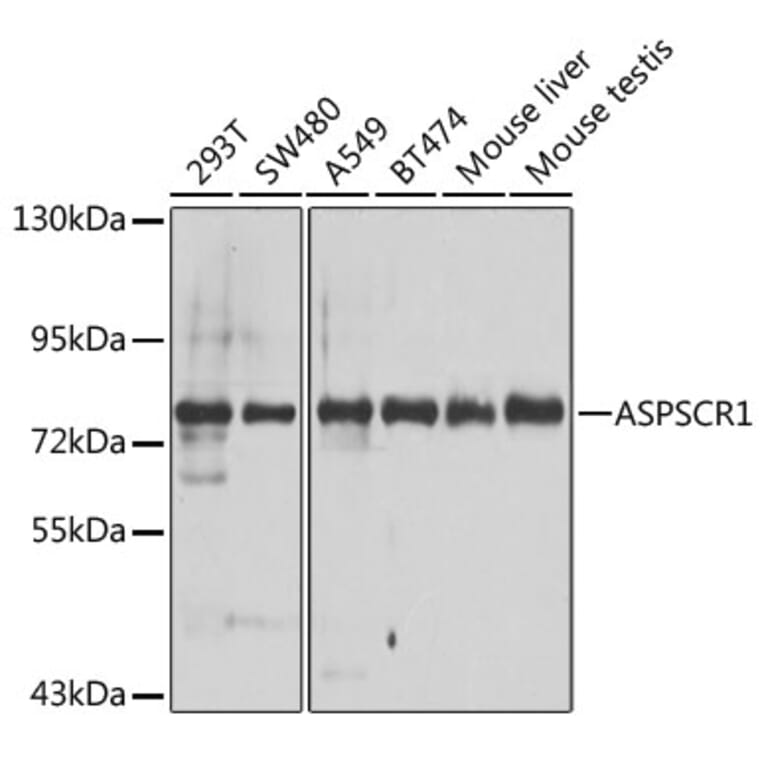



Anti Aspscr1 Antibody A Antibodies Com
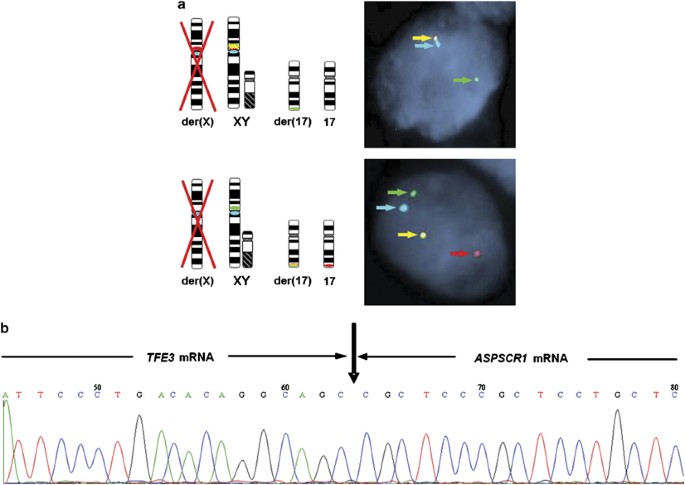



Molecular Cytogenetic Analysis For Tfe3 Rearrangement In Xp11 2 Renal Cell Carcinoma And Alveolar Soft Part Sarcoma Validation And Clinical Experience With 75 Cases Modern Pathology




Aspscr1 Gene Genecards Aspc1 Protein Aspc1 Antibody




Aspscr1 Gene Genecards Aspc1 Protein Aspc1 Antibody




Lsp Aspscr1 5 Fish Probe Cytotest




Combining Integrated Genomics And Functional Genomics To Dissect The Biology Of A Cancer Associated Aberrant Transcription Factor The Aspscr1 Tfe3 Fusion Oncoprotein Kobos 13 The Journal Of Pathology Wiley Online Library
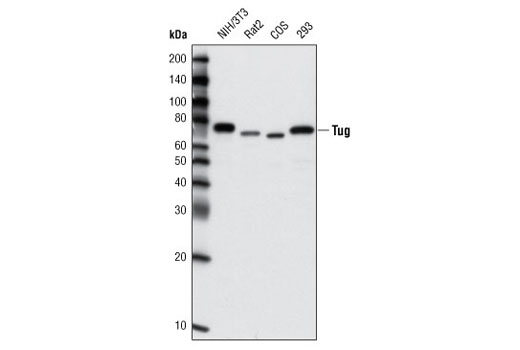



Tug Antibody




Combining Integrated Genomics And Functional Genomics To Dissect The Biology Of A Cancer Associated Aberrant Transcription Factor The Aspscr1 Tfe3 Fusion Oncoprotein Kobos 13 The Journal Of Pathology Wiley Online Library



Ipi Aspscr1 Isoform 2 Of Tether Containing Ubx Domain For Glut4 Ensg Detailed Information




Molecular Landscape In Alveolar Soft Part Sarcoma Implications For Molecular Targeted Therapy Sciencedirect




Aspscr1 Gene Genecards Aspc1 Protein Aspc1 Antibody




Positive Tumor Response To Combined Checkpoint Inhibitors In A Patient With Refractory Alveolar Soft Part Sarcoma A Case Report Jco Global Oncology




Modeling Alveolar Soft Part Sarcoma Unveils Novel Mechanisms Of Metastasis Cancer Research




The Fusion Oncogene Aspscr1 Tfe3 Directs Epigenetic Induced Autophagy In Alveolar Soft Part Sarcoma Barrott 19 The Faseb Journal Wiley Online Library



Aspscr1 Human




Aspscr1 Gene Genecards Aspc1 Protein Aspc1 Antibody




Genetically Confirmed Aspscr1 Tfe3 Renal Cell Carcinomas Download Table




Aspscr1 Gene Genecards Aspc1 Protein Aspc1 Antibody




Aspscr1 Antibody 1 Product In Validated Antibody Database 2 Cited In The Literature 45 Total From 11 Suppliers




Tug Aspscr1 Rabbit Pab Polyclonal Antibodies Abclonal




Aspscr1 Gene Genecards Aspc1 Protein Aspc1 Antibody




Anti Aspscr1 Antibody Products Biocompare
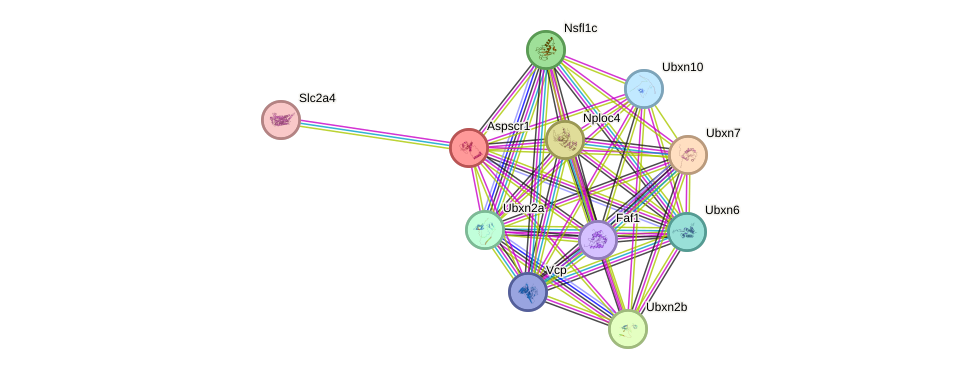



Aspscr1 Protein Mouse String Interaction Network




Ubxd9 Aspl Aspcr1 Aspscr1 Ubxd9 Aspl Aspcr1 Aspscr1 Kits Biocompare




Aspscr1 Promotes Methylation Of Vcp By Mettl21d A In Vitro Download Scientific Diagram
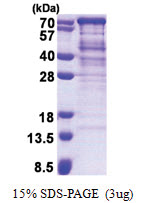



Aspscr1 1 553 His Human Protein Ar509pu S Origene




Pdf Alveolar Soft Part Sarcoma Asps Semantic Scholar



2




Anti Aspscr1 Tug Antibody
-HD13FE2034-200-U2OS-IF.png)



Anti Aspscr1 Antibody Rabbit Polyclonal 6215 T46 Sino Biological




Aspscr1 Prest Antigen Atlas Antibodies Biomol De




Anti Aspscr1 Antibody Products Biocompare



2
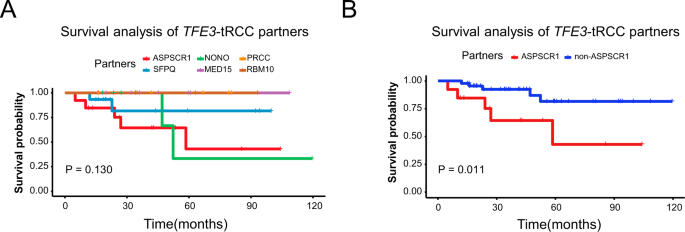



Integrated Exome And Rna Sequencing Of Tfe3 Translocation Renal Cell Carcinoma Nature Communications




Aspscr1 Gene Genecards Aspc1 Protein Aspc1 Antibody
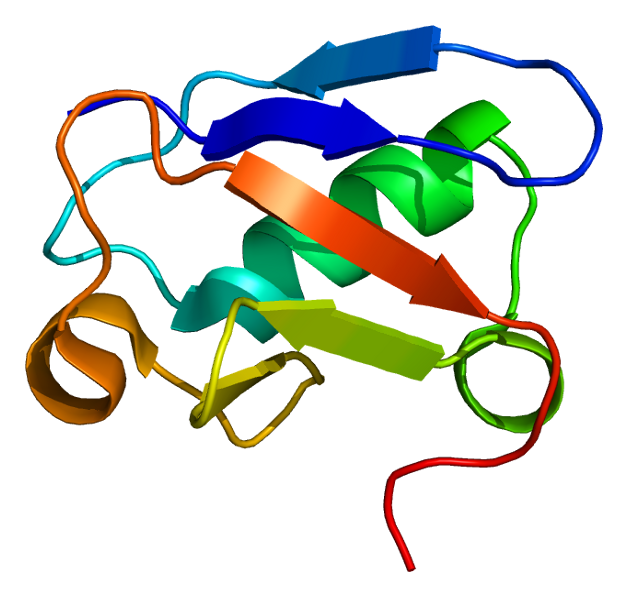



Aspscr1 Wikipedia



Aspscr1 Mgi Mouse Gene Detail Mgi Alveolar Soft Part Sarcoma Chromosome Region Candidate 1 Human




Aspscr1 Antibody H D01p




Integrated Exome And Rna Sequencing Of Tfe3 Translocation Renal Cell Carcinoma Nature Communications



Cytotest Com




Combining Integrated Genomics And Functional Genomics To Dissect The Biology Of A Cancer Associated Aberrant Transcription Factor The Aspscr1 Tfe3 Fusion Oncoprotein Kobos 13 The Journal Of Pathology Wiley Online Library




Tug Aspscr1 Rabbit Pab Polyclonal Antibodies Abclonal




Angiogenesis Promoting Gene Patterns In Alveolar Soft Part Sarcoma Clinical Cancer Research




Tether Containing Ubx Domain For Glut4 Tug Aspscr1 Antibody Abbexa Ltd



2




Anti Aspscr1 Antibody Products Biocompare



Zfin Gene Aspscr1




Aspscr1 Antibody N Term 102 130
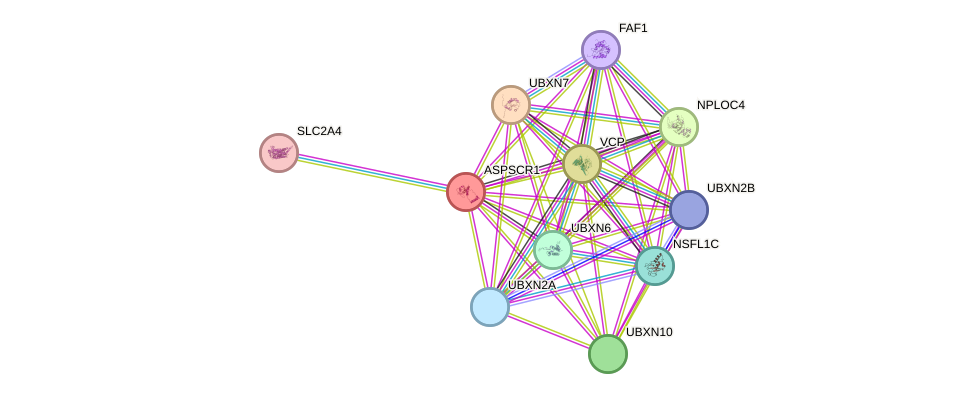



Aspscr1 Protein Pongo Abelii String Interaction Network



Renal Cell Carcinoma Ct




Comparison Of Aspscr1 Tfe3 And Prcc Tfe3 Renal Cell Carcinomas Download Table




Modeling Alveolar Soft Part Sarcomagenesis In The Mouse A Role For Lactate In The Tumor Microenvironment Sciencedirect
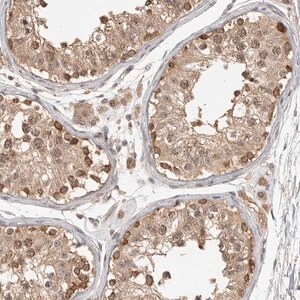



Anti Aspscr1 Antibody Produced In Rabbit Prestige Antibodies Powered By Atlas Antibodies Affinity Isolated Antibody




Anti Aspscr1 Antibody Rabbit Anti Human Mouse Tug Polyclonal Antibody Np 1
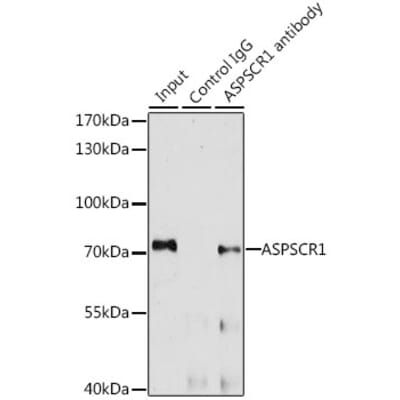



Anti Aspscr1 Anticuerpo A Antibodies Com




Anti Aspscr1 Antibody Pair Vwr




X 17 P11 Q25 Aspscr1 Tfe3 Translocation Renal Cell Carcinomas Download Scientific Diagram
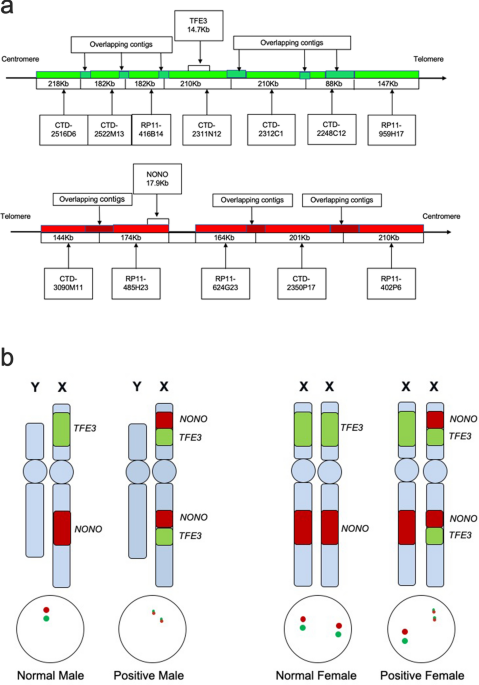



The Suitability Of Nono Tfe3 Dual Fusion Fish Assay As A Diagnostic Tool For Nono Tfe3 Renal Cell Carcinoma Scientific Reports




Anti Aspscr1 Antibody Products Biocompare
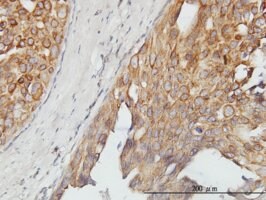



Monoclonal Anti Aspscr1 Antibody Produced In Mouse Clone 3d10 1d11 Purified Immunoglobulin Buffered Aqueous Solution




Clinical Heterogeneity Of Xp11 Translocation Renal Cell Carcinoma Impact Of Fusion Subtype Age And Stage Modern Pathology




Aspscr1 Gene Genecards Aspc1 Protein Aspc1 Antibody




Aspscr1 Tfe3 Fusion Translocation Fish Probe Kit Cytotest



0 件のコメント:
コメントを投稿